Main Menu
-
ALL TOURS & ACTIVITIES
-
ALL TOURS & ACTIVITIES
- Cruises & Helicopters
- Museum Tickets + NYC Passes
- Broadway Shows
- NYC by Night: Cruises & Activities
- NYC by Holidays: Cruises & Activities
- Restaurants
- Top Sellers
-
ALL TOURS & ACTIVITIES
- Offers & Holidays
- Transfers
- NYC Guide
- Stay
- Travel Planner™
- Disney™
Grand Central Terminal - New York's most popular station
A New York City Icon Categories: What to see - Monuments & Attractions
Page Index – Grand Central Terminal - New York's most popular station


- - Brief History
- - Highlights Inside Grand Central Terminal
- - GRAND CENTRAL TERMINAL - PHOTO GALLERY
- - View on Grand Central Terminal
- - GRAND CENTRAL TERMINAL - PHOTO GALLERY
- - Visit Grand Central Terminal
- - The Restaurants inside Grand Central
- - GRAND CENTRAL TERMINAL - PHOTO GALLERY
- - The Movie Sets
- - Map How to reach Grand Central Terminal
Brief History
The Grand Central Terminal was created by the vision of the great tycoon Cornelius Vanderbilt in 1869. Through audacious financial maneuvers, he had managed to take over all the railway lines in New York at which point he had only to build a train station to complete his total domination of the NY rail system. The first station was built between 1869 and 1871 to a design by John B. Snook. It occupied the whole area from Fourth Avenue (now Park Ave) and 42nd Street and was called Grand Central Depot.Already in 1903, there was the need to enlarge the station and the two architects Reed and Stem won the competition for the design of the new station. The other large architect company Warren & Wetmore joined the project immediately after.
The station now covers three city blocks, from 42nd to 45th Street between Vanderbilt and Madison Ave and remains the largest station in the world by number of tracks and tunnels. Over 100 tracks and 44 tunnels serve over 750,000 commuters every day!
The area surrounding Grand Central Station is called -- Vanderbilt territory.
Cornelius Vanderbilt (1794-1877) of Dutch origins, created his maritime and railway empire from scratch during the 19th century making him one of the richest men in the world at that time. The Vanderbilt family dominated during the legendary Gilded Age, the descendants of Cornelius were amongst the most important merchants and patrons of American life in the US and around the world and used their wealth to build magnificent palaces.
Highlights Inside Grand Central Terminal
Stepping inside Grand Central Terminal, visitors are immediately captivated by the vast Main Concourse, home to one of the terminal’s most remarkable features—the celestial ceiling. Originally painted in 1912 by French artist Paul César Helleu, the mural depicts a gold-leaf constellation map against a deep turquoise sky. Interestingly, the star map is reversed—an error that has sparked debate for decades, though some claim it was intentionally designed from a divine perspective. By the mid-20th century, the ceiling had darkened due to decades of tobacco smoke and grime, nearly obscuring its beauty. In the 1990s, an extensive restoration project revealed its original brilliance, uncovering a small uncleaned patch near Cancer, left intact as a reminder of its past condition.GRAND CENTRAL TERMINAL - PHOTO GALLERY
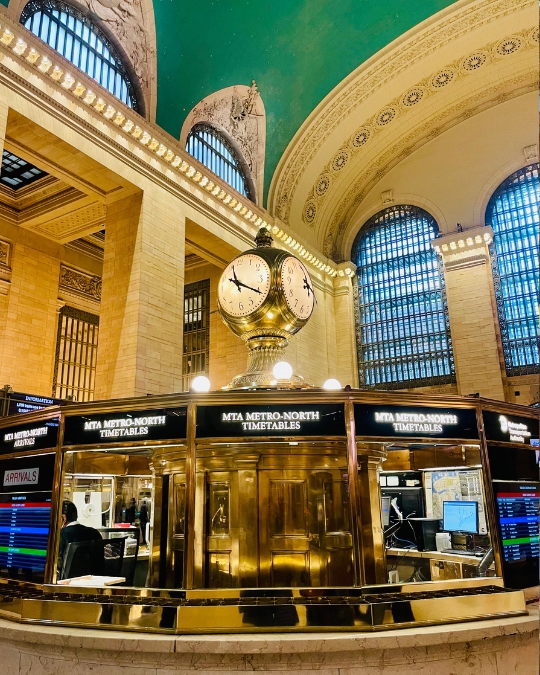
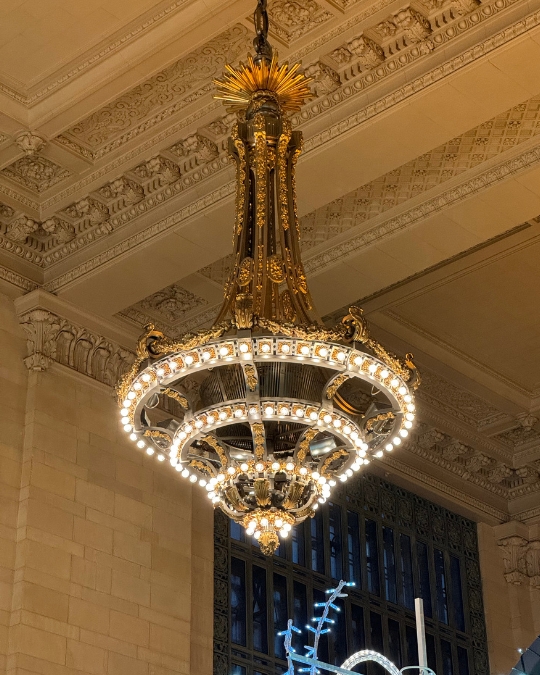

At the center of the concourse stands the iconic four-faced opal clock, a meeting point for travelers and New Yorkers alike. Nearby, the Whispering Gallery, tucked beside the Oyster Bar, offers a fascinating acoustic trick—stand at opposite corners and whisper to hear your voice carried effortlessly along the vaulted ceiling. Below ground, the lower-level Dining Concourse provides a range of eateries, while the elegant Campbell Bar, once the private office of a wealthy financier, exudes the glamour of 1920s New York. Before leaving, visitors can browse the Grand Central Market, a bustling indoor marketplace offering gourmet foods, making the terminal not just a transportation hub but a true cultural and architectural landmark.
View on Grand Central Terminal
You will enjoy the best view of the facade from Park Avenue, where three large arched windows, framed by stately columns, evoke the grandeur of ancient triumphal arches. Above them, a magnificent sculptural group by Jules-Félix Coutan crowns the terminal. At its center, a Tiffany glass clock, the largest of its kind in the world at 13 feet in diameter, is surrounded by three towering figures—Hercules (symbolizing physical strength), Mercury (representing commerce), and Minerva (embodying wisdom and intellect).GRAND CENTRAL TERMINAL - PHOTO GALLERY

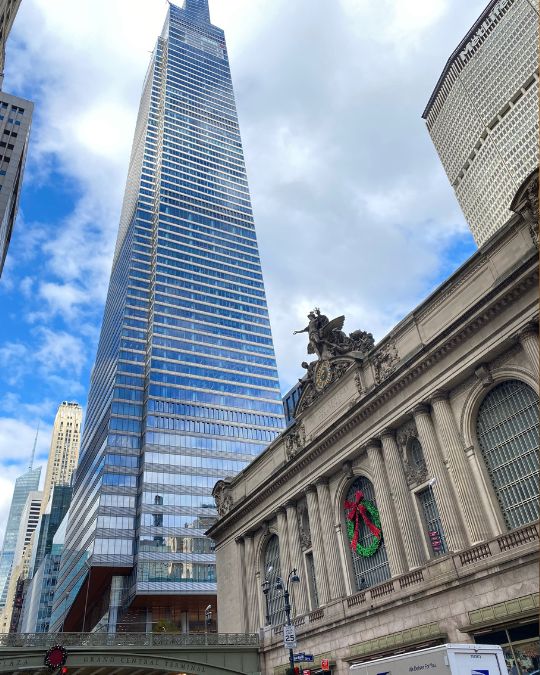
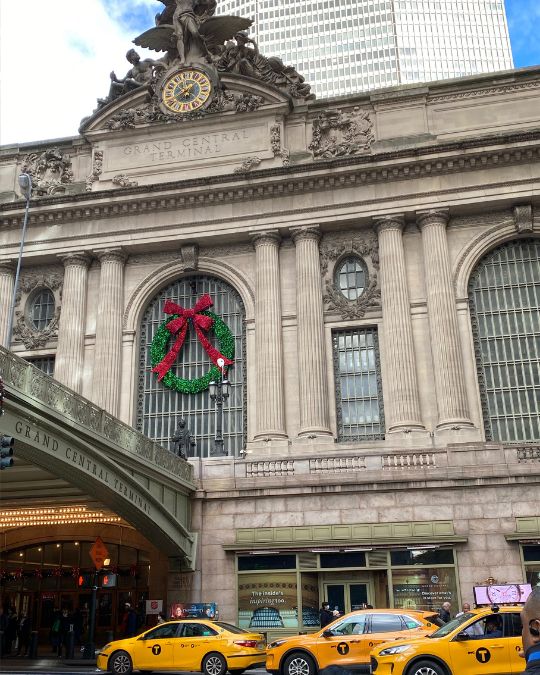
Directly beneath this clock stands the bronze statue of Cornelius Vanderbilt, a tribute to the railroad tycoon whose vision shaped New York’s transportation network. Installed in 1911, the statue stands 8.5 feet tall atop a grand pedestal, portraying Vanderbilt in a dignified stance, gazing outward as if surveying his empire. Unlike many statues that depict him in elaborate attire, here he is shown in a simple yet authoritative pose, dressed in a long coat and holding a cane, a nod to his pragmatic nature and business acumen. The pedestal is adorned with relief sculptures celebrating the achievements of the Vanderbilt family in rail travel, reinforcing the station's deep historical significance. Today, this statue remains a powerful reminder of Vanderbilt’s legacy and his role in shaping the American railroad industry.
Visit Grand Central Terminal

Midtown Manhattan Walking Tour: The Classic
With the Tour you will have the opportunity to take a guided tour around the places that have become worldwide famous and depicted in countless movies and fables::- Streets, skyscrapers, parks, clubs, the most famous theaters of the Big Apple.
Irene T. - NYC Tour Guide
The Restaurants inside Grand Central
On the lower floor - see map Lower Level Dining Concourse - you can find everything for a quick but good lunch with the opportunity to sit down at one of the open tables. Here you will also find the famous:Grand Central Oyster Bar & Restaurant. It is the most famous eatery within Grand Central and also the oldest ... oysters and wine, please!!!
Amongst the many spots, I'd like to point out:
- Shake Shack, known for its delicious burgers.
- Shiro of Japan, if you love sushi even as a quick lunch.
- Donut Plant, who can pass up a good doughnut?
- Eata Pita, if you like Middle Eastern cuisine
- La Chula Taqueria for those who love Mexican food and tacos
- Tartinery, Parisian-style eatery with many excellent sandwiches and cocktails
- Jacques Torres Ice Cream for a homemade ice-cream
- Zaro’s Family Bakery here you can find the best artisan bread, cakes, and desserts, some homemade Jewish dessert, all prepared in the Bronx.
To access the Dining Concourse:
From the large stairs in the main lobby found on the east and west sides.
Via the Oyster Bar Ramp accessible via the entrances at 105 E. 42 St and 87 E. 42 St (at Vanderbilt Ave)
Taking the elevators located near Track 30 and Track 23 and going down to level L (lower level)
Via the staircase in the Graybar passage in front of Track 11.
If you want an internationally recognized restaurant, here you find -- Cipriani Dolci. It is located on the Balcony Level and it's part of the Cipriani empire with their typical Northern-Italian cuisine.
The new Grand Brasserie serves classic French cuisine. It has two bars and elegant dining rooms, perfect for breakfast, brunch, lunch, or late-night drinks.
Campbell Bar -- is an iconic New York institution in a completely restored environment that has brought it back to its original splendor. It serves classic and modern cocktails, wines, and craft beers accompanied by a menu, soups, salads, and sandwiches. It is located on the Balcony Level, i.e. on the upper floor (entrance at 15 Vanderbilt Avenue or from the elevator on the Oyster Bar Ramp).
GRAND CENTRAL TERMINAL - PHOTO GALLERY
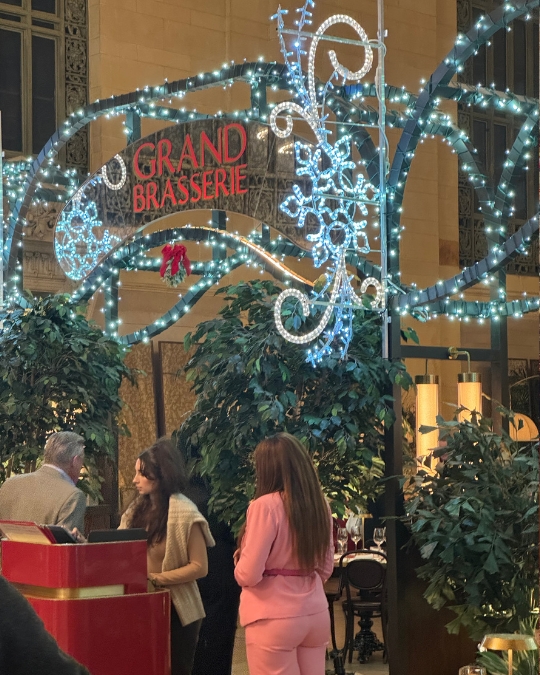
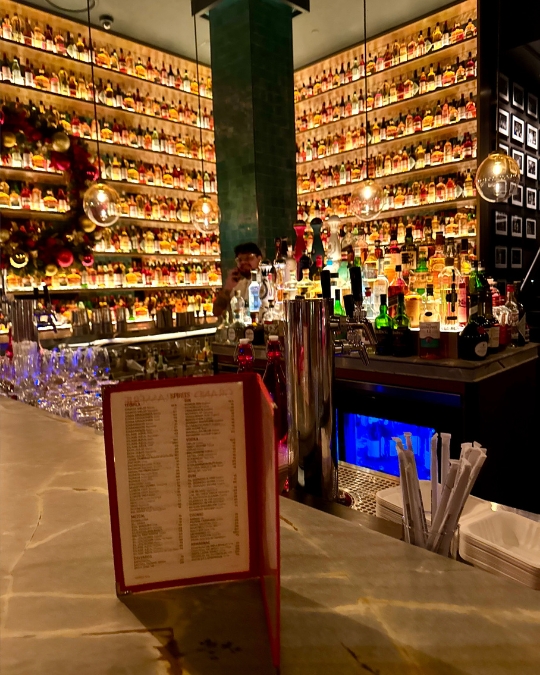

The Movie Sets
How many times has Grand Central Terminal been chosen as a film set? The central atrium with the ceiling decorated with the constellations, the golden clock in the center placed above the information kiosk, the windows that reflect the colored lights, and the marble staircases ... many famous directors have chosen the terminal, we see some famous movies:- North by Northwest - with Cary Grant 1959
- Carlito's Way - with Al Pacino 1993
- I Am Legend - with Will Smith of 2007
- Falling in Love - with De Niro and Meryl Streep 1984
- The Avengers - 2012 by Marvel
- The Fisher King - with Jeff Bridges and Robin Williams 1991
- Cotton's Club - with Richard Gere 1984
Map How to reach Grand Central Terminal
ALL TOURS & ACTIVITIES
- Private Walking Tours™
- Private Bespoke Experiences™
- NYC Vacation Packages™
- Corporate & VIP™
- Cruises & Helicopters
- Museum Tickets + NYC Passes
- Broadway Shows
- NYC by Night: Cruises & Activities
- NYC by Holidays: Cruises & Activities
- Restaurants
- Day Trips & Extended Tours
- Guided City Tours
- Bike Tours
Our Signature Collection™
Concierge: Add-on Services
The Economy Line
Tour Company meets
luxury dmc
in New York City
luxury dmc
in New York City
Tailored Journeys
Trusted Bookings
Top-Rated Escapes
Your vacation, your way!
Flexible Travel
COMPLIMENTARY CANCELLATION OPTIONS
Embrace the freedom of stress-free planning. With our flexible cancellation policy, you can adapt as your plans evolve. Enjoy the liberty to change with most of our services and tours.
*Exclusions apply, see individual tours for details.*
Embrace the freedom of stress-free planning. With our flexible cancellation policy, you can adapt as your plans evolve. Enjoy the liberty to change with most of our services and tours.
*Exclusions apply, see individual tours for details.*
What They
Say
Say
Alessio C. | TripAdvisor
Unforgettable holiday in New York, fantastic tour operator Irene, who introduced us to the city in all its beauty by telling us the story and describing passionately the life of the place. [...] Irene, I was able to see a Yankees tie as a fan, a dream of mine in the drawer..thanks for your help. Top. Thanks.
From TripAdvisor - May 2025
Alice P. | Google
During my recent trip to New York, I had the pleasure of meeting Irene who accompanied us on a tour of the city, and the experience was unforgettable. From the first moment, she was welcoming, knowledgeable and incredibly passionate [...]
From Google - Feb 2025
Barbara G. | Google
We relied on them to organize a group tour in New York. Professional, precise, helpful, friendly. We can only thank Mr. Tony, who followed us impeccably in the planning, and his daughter Irene, an extraordinary guide, who showed us New York in a way that we will not forget. [...]
From Google - November 2024
Antonella G. | Google
I am the owner of a Travel Agency. We are Italian in Erba, Eolo travel, I brought a small group and I entrusted myself to Tony. We received great service from start to finish. Punctuality and excellent guides.Thank you for the wonderful experience!!!
From Google - May 2024
Pierangelo G. | TripAdvisor
Irene? as I have already said elsewhere, she truly deserves all the compliments that are paid to her. Available, friendly, prepared, in short, if you need an Italian speaking guide in New York, she is the right person. You deserve 5 stars and more!
From TripAdvisor - April 2024
Carmine S. | Google
An extraordinary experience: I had the pleasure of having Irene as my guide for two days and thanks to the passion she puts into guiding you through the streets of NYC, the anecdotes, the trivia she lets you discover, and the facets she shows during the tour you can't help but fall even more in love with this wonderful city.
From Google - February 2024
Giuseppe M. | Google
Excellent guide, excellent organisation, Irene always ready to respond, available in every topic with competence, you can feel the passion for her work. Her voice accompanied our tour, we will miss you!
From Google - January 2024
Erica F. | Google
[...] unique, very professional, courteous, friendly we can only write positive adjectives, you made us feel at home and have the desire to return. Super recommended. Erica, Marco, Annalisa and Giuseppe.
From Google - December 2023
Giorgia M. | Google
We did 2 tours together with our guide Irene in one day, Hoboken and the East side. What can I say, in addition to the wonderful places, she has made everything more magical [...]
From Google - January 2023
Breanna A. | TripAdvisor
Irene was a FANTASTIC tour guide! She was so knowledgeable about the area and was so patient with all our questions. We stopped to use the bathroom and we got coffee halfway through, she was so kind! It was a pleasure learning about Brooklyn from you!
From TripAdvisor - April 2022
DCA1014 | TripAdvisor
I’m the biggest fan of Fall activities, but haven’t had a chance to do anything beyond Apple Picking in NJ. I decided to take a last minute 2 day trip with a friend in Hudson Valley, but didn’t know where to start [...] Thankfully I was able to use New York Welcome to do the hard work for us [...]
From TripAdvisor - October 2021
Stay in Touch
Get our tips & special offers for your next trip to NYC and around the US!
Information about New York
- New York City Travel Guide
- How Much Does New York Cost?
- Best Rooftop Bars in NYC 2025: Where to Drink with a View in New York
- Time Zone and Jet Leg
- Accommodations: Choose Where to Stay
- New York City Public Transportation
- Weather: Fall in New York
- Weather: Winter in New York
- Weather: Spring in New York
- Weather: Summer in New York
- 101+ Excursions in New York City
- Grand Central Terminal
- Covid-19 Updates
Sightseeing & City Tours in NYC
Day Trips from NYC
- Niagara Falls Day Trip by Airplane™
- Washington DC - Visit the Capital
- Niagara Falls & Toronto & 1000-Islands
- American Triangle: 5-Day Excursion
- American Getaway: 4-Day Excursion
- Discover Boston in 1 Day
- 1-Day: The Hamptons & The Beaches
- How to Visit Niagara Falls From NYC
- NYC & Orlando Travel Package™
- NYC & Chicago Travel Package™
- Pre- or Post-Cruise Escapes™
CORPORATE & VIP SERVICES
Our Destinations in The US
Our Company
Office

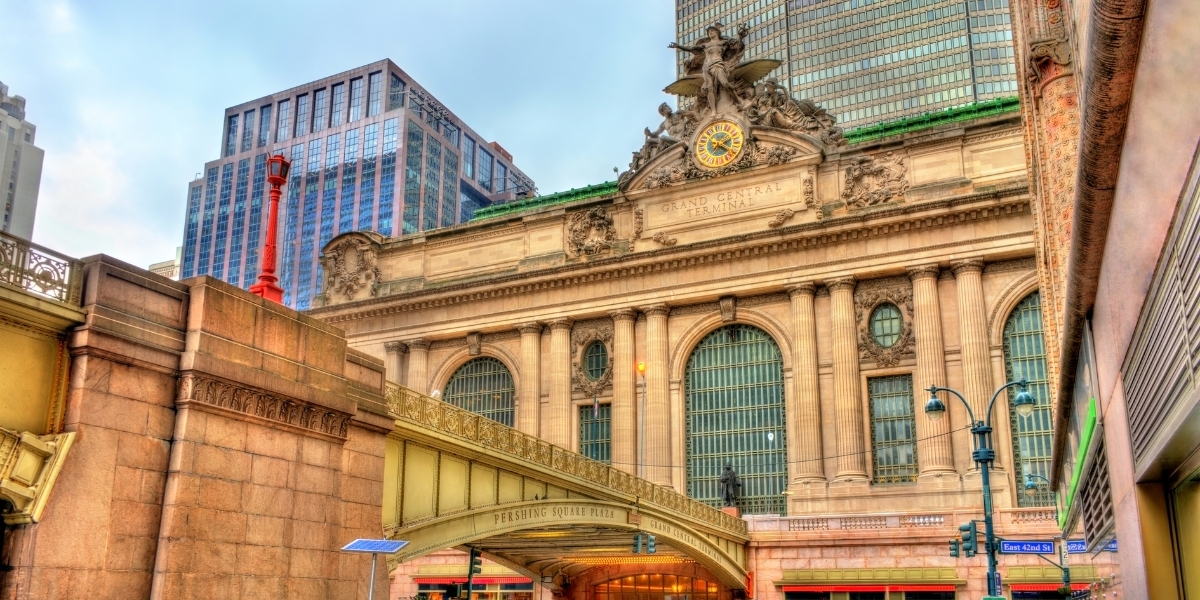

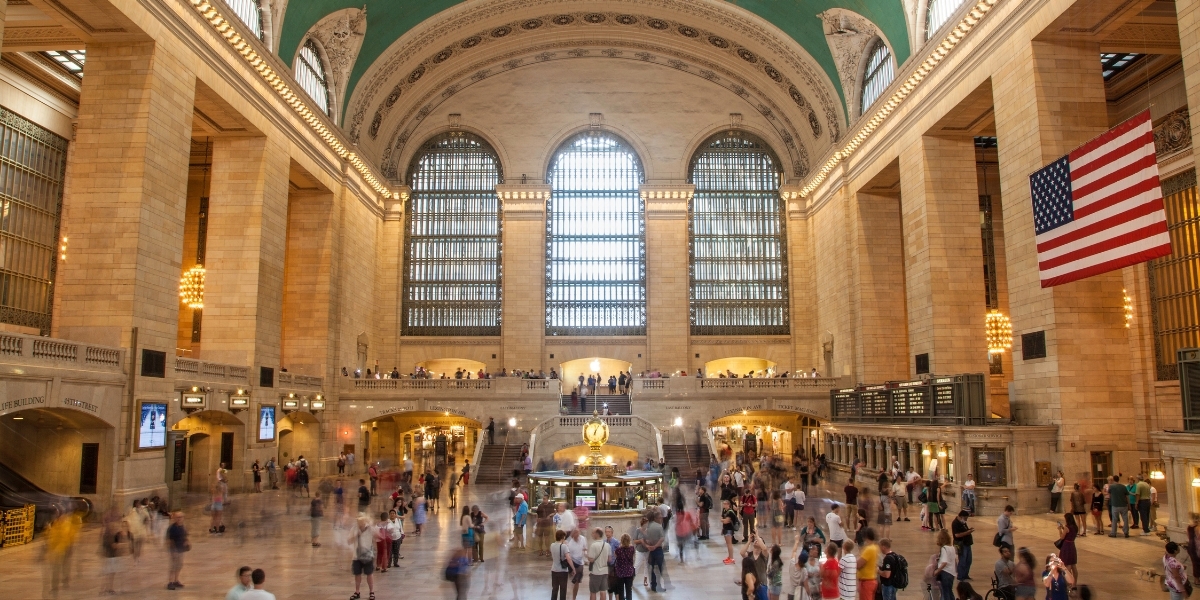
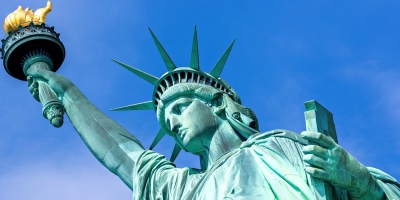


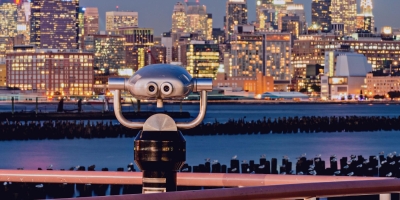
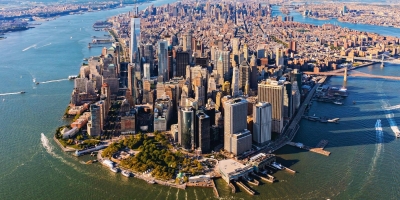

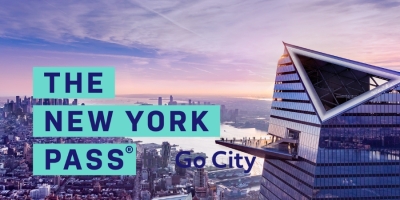
.jpg)
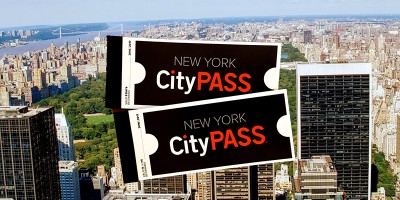
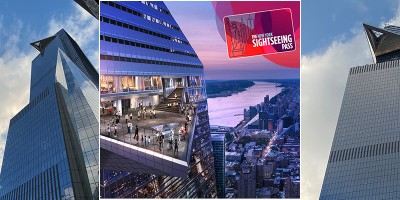
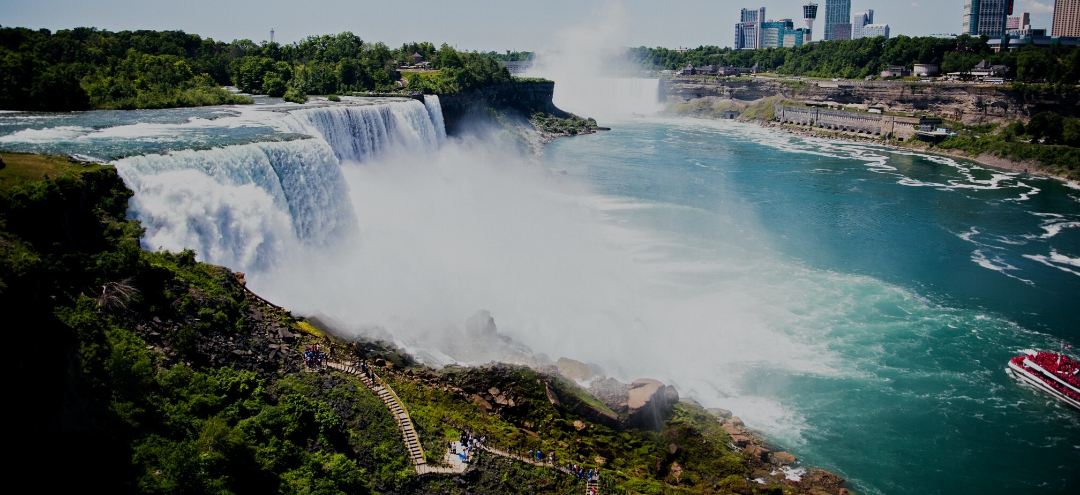
